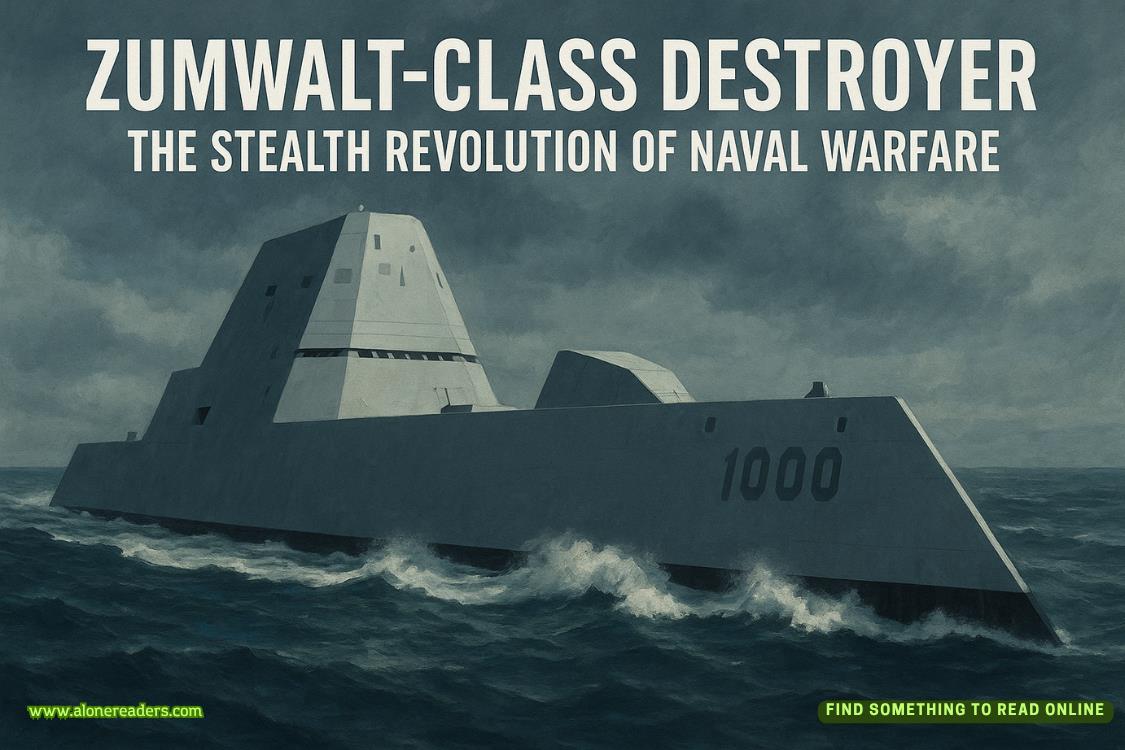Page 187 of Cry Havoc
“Don’t worry. This isn’t that kind of job.”
EPILOGUE
We penetrated deeper and deeper into the heart of darkness.
—JOSEPH CONRAD,HEART OF DARKNESS
THE SAN DIEGO UNION
MONDAY MORNING, DECEMBER 23, 1968
PUEBLO CREW RELEASED BY N. KOREA
Bucher Leads 81 Men to Freedom After 336 Days
Panmunjom, Korea—The 11-month ordeal of 82 crew members of the U.S. Navy electronic ship Pueblo ended in bitter pre-Christmas cold on the “bridge of no return” this morning.
North Korea released the crew 336 days after the Pueblo was captured for assertedly penetrating her coastal waters on a spying mission.
Cmdr. Lloyd Bucher of San Diego, skipper of the ship, was the first man to walk across the snow-covered bridge between North and South Korea about 6:30 p.m. San Diego time yesterday. It was Monday morning, Korean time.
There will be no Christmas for one member of the crew. Fireman Duane D. Hodges of Creswell, Ore., was killed in an exchange that took place when the Pueblo was boarded. A casket bearing his body was surrendered by the North Koreans.
The State Department said all the men immediately would be given physical examinations and returned to the United States as soon as possible.
The target date is Christmas Day in San Diego, where the crew will be reunited with members of their families, who are flying to San Diego from all over the nation.
East Berlin
German Democratic Republic
December 31, 1968
TOM REECE SAT INthe darkness of the small flat, still chilled from his swim across the Teltow Canal from West to East Berlin. He had picked the lock to Kirill Dvornikov’s home around 11:00 p.m. He glanced down at his Submariner, now on a stainless-steel bracelet. It was just before midnight. It would not be much longer now.
He had linked up with his Special Forces contact in West Berlin a week prior. His contact, who went by “James,” had a MACV-SOG rotation under his belt and had worked with Quinn in the early days.
The 39th Special Forces Detachment, known as Det A, was a highly specialized and classified Army Special Forces unit established in 1956 to prepare an unconventional response to a possible war with the Soviet Bloc. They focused on the sabotage of key installations, setting up cache sites, leading resistance elements, and infiltrating East Germany. One of those infiltration routes was the Teltow Canal.
The Det A intelligence sergeant had debriefed a man namedHartmut Richter after he swam across the Teltow Canal to freedom from East Berlin in 1966. Since then, the Detachment had been devising plans to penetrate the Eastern Sector using SCUBA equipment. They had upcoming training scheduled with the SEAL Teams and West German Kampfschwimmerkompanie on closed-circuit rigs that had not yet come to fruition, so Tom would be on open-circuit for this dive. That meant surface bubbles, but he assessed that as this was an inaugural mission, East German security would not be attuned to this method of infiltration. Plus, they were more concerned with people escaping than they were with people breaking in.
Though Det A had not yet sent anyone across on a SCUBA rig, they had the timing down to a science. They knew exactly when the guards would patrol the opposite bank, where to stop the van on the West German side, how long the operator had to get to the water, how fast they had to get across the canal, and then how long they had to get out of the dry suit, cache it, and move to the linkup with an East German asset. Det A had drilled it hundreds of times. It just had not yet been operationally tested.
Success had depended on Tom’s ability to swim. He was given a black Viking Dry Suit and an ASP sidearm, a heavily modified pistol built on a Smith & Wesson Model 39. James had mentioned it was an experimental firearm designed at the behest of the CIA by a small shop in New York City’s Garment District. The 9 x 19mm pistol with its unique Guttersnipe sight system had been fitted with a specially designed barrel and suppressor by the Det A armorer.
The dry suit had allowed Tom to wear everything he would need once out of the water without having to haul an extra dry bag. That op gear included an Anthony Sinclair suit with its Conduit Cut, which helped to conceal the ASP in its Seventrees shoulder holster, an East German internal passport with Tom’s photo using the alias Kurt Fröbe, and several denominations of Ostmarks.
He had gone in light.
The weather on New Year’s Eve was a rotating mixture of snow, sleet, and rain. Tom couldn’t have ordered better conditions. No one in their right mind was out in this weather at night, let alone swimming underwater into East Berlin.
As far as combat swimmer ops went, this had been about as straightforward as they came. It was a direct shot across the canal. Underwater in the utter blackness, Tom’s main concern was hypothermia. Once across he had attached his weight belt to his SCUBA rig and submerged it before moving across the rocks to the shadows, where he stripped off the dry suit.
The gray Trabant 601, one of the most common vehicles in East Germany, had flashed its headlights twice at the predetermined time and location. Tom emerged from the darkness in his ash-colored suit and exchanged bona fides with the driver, who had passed him a heavy overcoat and trilby hat. Tom handed him the rolled-up dry suit for disposal. The timing was indeed spot on. James and his compatriots at Det A were professionals.
The driver had dropped Tom a block from his destination and the SEAL made his way through the sleet to the GRU major’s apartment complex. He had picked the lock, conducted a search, and taken a seat in the shadows.
It was closing in on 2:00 a.m. when Tom heard a key in the lock.















